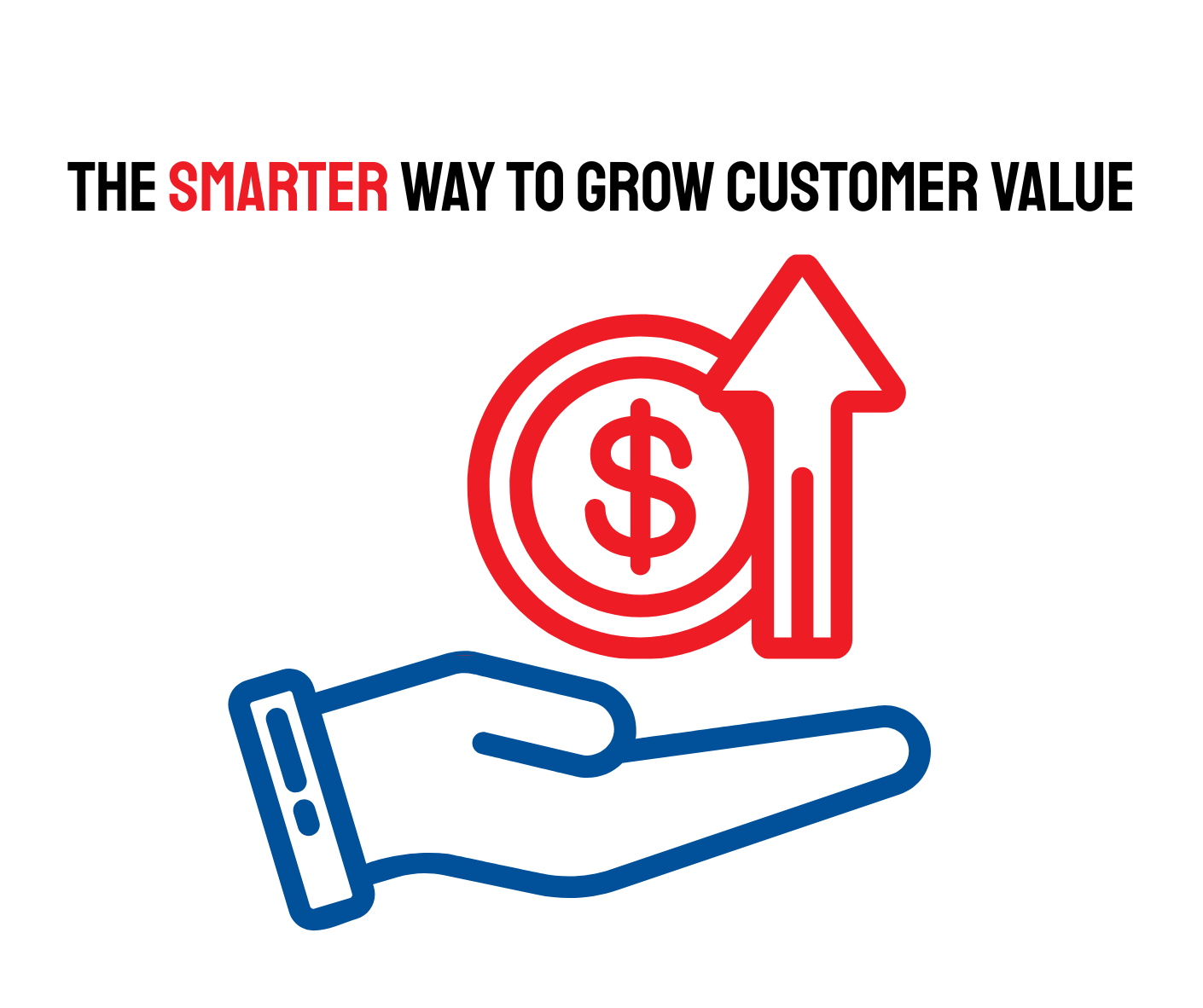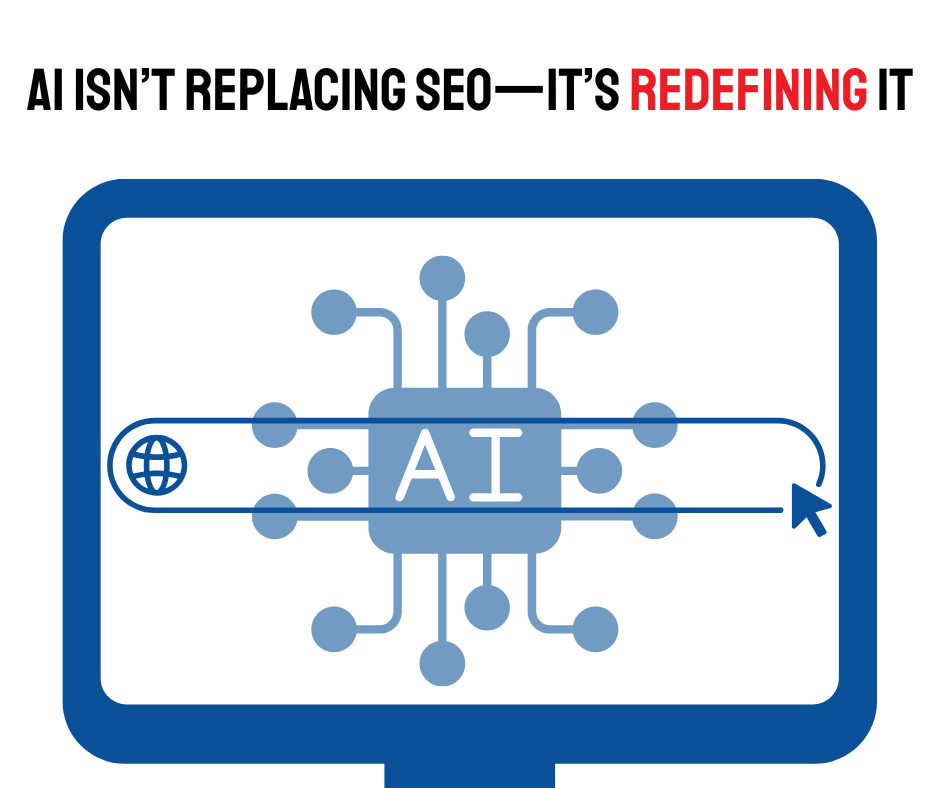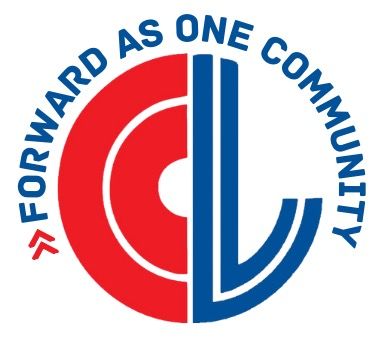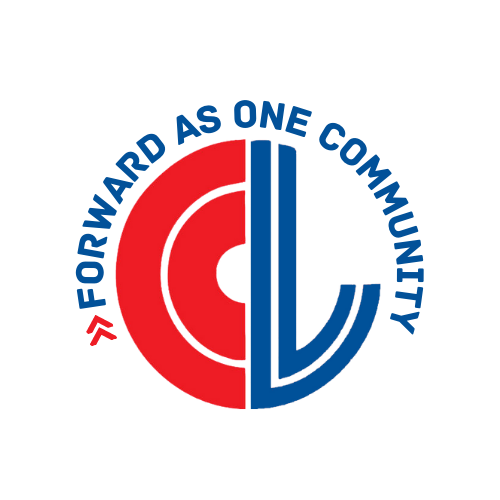Holiday Gift Card Strategies for Small Business Season
Gift cards are the ideal gift during the holiday season. They’re a convenient go-to for customers. They always fit, are always in the right color, and they are an ideal gift for people you know well and people you’re just getting to know. Gift cards also make terrific employee gifts, thank yous and bonuses.
If you have a small business, you should look at gift cards as a strategic tool—not just for boosting holiday revenue. Gift cards can also help you foster long-term customer relationships and assist you in increasing revenue for today for services rendered or goods purchased in the future.
Many businesses discovered the value of offering a gift card program during the pandemic (and at time of natural disasters). During these challenges, gift cards can be a source of revenue even when the business is not open.
Why Gift Cards Are a Must for Small Businesses
Gift cards are appealing to shoppers, especially for last-minute, hard-to-shop-for, or out-of-town gifts (have you seen the cost of mailing packages these days?!). If you sell online and offer gift cards, you can capture out of town buyers as well.
Gift cards don’t have to be an administrative headache. Digital gift cards are becoming the new standard, with over 50% of the market share in the first half of 2024. <If you are participating in Yiftee or some other card program add this line> Check out the merchant options with our community card program <insert URL>.
Gift cards can also be a gateway to future sales, new customer acquisition, and increased brand visibility.
Creative Gift Card Ideas for the Holidays
Boring rectangle cards are out. Instead, create an appealing gift out of them and include some upsells to facilitate purchases by:
Bundling Gift Cards with Small Holiday Extras
Include a small, festive item (e.g., holiday candle, ornament, or seasonal treat) with each gift card purchase as a value-add or offer a discount on a small item with a gift card purchase, such as buy a $25 gift card, get this ornament for an additional $2. Show them bundled together at the cash register to capture impulse buys.
Get creative with your bundle item. For instance, a coffee shop could include a mini bag of holiday coffee beans (a taster) or a boutique could add a scented sachet. It’s a nice touch the recipient will love. It creates a positive impression, encourages impulse purchases, and differentiates your business from all the other rectangle cards.
Tiered Gift Card Bonuses for the Holidays
Offer bonuses based on gift card spending levels (e.g., “Buy a $50 gift card, get a $5 bonus; Buy a $100 gift card, get a $15 bonus”).
Promote these offers on social media, in-store, and on your website to draw in more shoppers. Let us know because we can help you get the word out. Check out our Chamber Connect page on Facebook, or become part of our Go Local eGiftcard program.
This type of tiered bonus encourages higher gift card purchase values and attracts customers who might want to gift (or keep) the bonus card.
Partner with Other Local Businesses for Joint Gift Card Offers
Collaborate with nearby or complementary businesses to create a joint gift card package (e.g., a coffee shop and a bookstore, or a spa and a boutique). Create a gift card deal that adds value and introduces each business to new customers.
You could also work together to create a tiered bonus like above. For example, for every $100 purchased at the bookstore, get a free $5 gift card at the coffee shop.
You would need to work out payment arrangements with the other business. This type of partnership can also increase foot traffic, foster local exchanges, and offer an exciting, unique gift idea for shoppers.
Holiday Gift Card “Mystery Bonus”
Include a mystery discount or reward with each gift card purchase valid after the holidays. For example, a restaurant might offer a “mystery envelope” with a surprise discount for January or a “Buy one get one free” offer for a future visit.
This encourages repeat visits in the new year, provides post-holiday sales boost, and builds excitement around gift card purchases.
Limited-Edition Holiday-Themed Gift Card Designs
Offer holiday-specific designs or branded packaging for gift cards that make them more visually appealing and memorable. A limited-edition design can be created affordably, especially if it’s an e-gift card. Promote it on social media and in email campaigns.
If you don’t have the time or inclination to do this, add it to a special glitter sleeve or other festive mini container. Leave them wrapped beautifully on a tree or at your register to influence impulse buys.
Doing so increases the perceived value of the gift card and encourages more people to choose it as a holiday present.
Marketing and Promoting Gift Card Offers
While gift cards make ideal gifts, they don’t market themselves. Local shoppers may not realize you have a gift card.
Run a social media campaign informing people that you sell gift cards as well as any specials you’re offering. Post stories, photos, and videos to draw attention and drive sales. Get creative with photos of bundled gift cards, reels of mystery bonuses being revealed, or countdowns to encourage last-minute purchases.
Use attractive in-store signage and point-of-sale promotions to bring attention to your gift cards. Create holiday-specific displays near the checkout area to capture impulse buys.
Don’t forget email campaigns and website mentions. Design festive email campaigns focused on gift card promotions and ensure you can sell gift cards on your website for easy holiday gift purchasing.
Bonus Points for Overachievers
Gift cards are a great way to assist people in finding easy holiday gifts, but you also want to create a campaign to help convert those gift card recipients into loyal customers. You can do this by offering discounts or exclusive offers for their next visit. Additionally, you can place a message on the gift card about being eligible for a discount if they join your email list. That way you can continue to nurture the relationship even after the gift card is used.
Don’t think of gift cards as boring. They are an excellent source of revenue and can provide quick assistance for desperate customers. When implemented strategically, gift cards can provide immediate holiday revenue and long-term customer engagement.
Our Go Local eGiftcard program will send you statistics to help measure customer engagement.
Whatever you use, Gift Cards can be a valuable tool for reaching customers and increasing your brand awareness!




